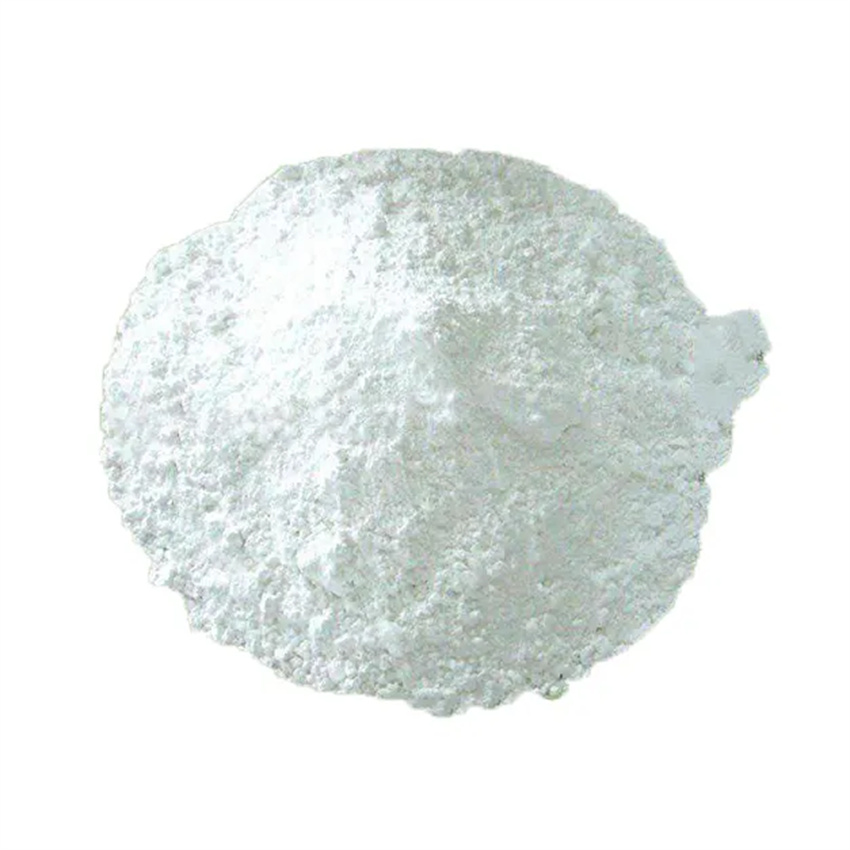Silicon carbide is also known as gold steel sand or refractory sand. Silicon carbide is made of quartz sand, petroleum coke (or coal char), wood chips (which need to be salted when green silicon carbide is produced) and is smelted in a resistance furnace at a high temperature. Silicon carbide is mainly divided into black silicon carbide and green silicon carbide, all of which are hexagonal crystals, with a specific gravity of 3.20 to 3.25 and a microhardness of 2840 to 3320 kg/mm2. Among them: black silicon carbide is made of quartz sand, petroleum coke and high-quality silica as the main raw materials, and is smelted by electric furnace at high temperature. Its hardness is between corundum and diamond, the mechanical strength is higher than corundum, brittle and sharp. Green silicon carbide is made of petroleum coke and high-quality silica as the main raw material, adding salt as an additive and smelting by electric furnace at high temperature. Its hardness is between corundum and diamond, and its mechanical strength is higher than that of corundum.
Silicon carbide is very hard, has excellent thermal and electrical conductivity, and is resistant to oxidation at high temperatures. Can be used as an abrasive, can be used for grinding tools, such as grinding wheel, oil stone, grinding head, sand tile and so on. It can also be used as a metallurgical oxygen scavenger and high temperature resistant material. There are four main application areas for silicon carbide: functional ceramics, advanced refractory materials, abrasives and metallurgical materials. And high-purity single crystal can be used to manufacture semiconductors and manufacture silicon carbide fibers. Silicon carbide (SiC) is the best semiconductor material for some applications due to its unique physical and electronic properties: short-wavelength optoelectronic components, high temperature, radiation-resistant, and high-frequency, high-power components. The main advantages are as follows:
Wide level (eV)
4H-SiC: 3.26 6H-Sic: 3.03 GaAs: 1.43 Si: 1.12
2. High thermal conductivity (W/cm‧K@RT)
4H-SiC: 3.0-3.8 6H-SiC: 3.0-3.8 GaAs: 0.5 Si: 1.5
3. High breakdown electric field (V/cm)
4H-SiC: 2.2x106 6H-SiC: 2.4x106 GaAs: 3x105 Si: 2.5x105
4. High saturation electron migration speed (cm/sec @E 2x105V/cm)
4H-SiC: 2.0x107 6H-SiC: 2.0x107 GaAs: 1.0x10 Si: 1.0x107
Due to the wide energy level of silicon carbide, electronic components made of it can work at extremely high temperatures, and can withstand voltages or electric fields eight times that of silicon or gallium arsenide. It is especially suitable for manufacturing high-voltage and high-power components such as high-voltage diodes. body. Silicon carbide is a good conductor of heat and has better thermal conductivity than any other semiconductor material. The excellent properties of silicon carbide make it a great application in industry and military.
Inkjet Receptive Coating, Anticorrosion Pigments, Matting Agent
